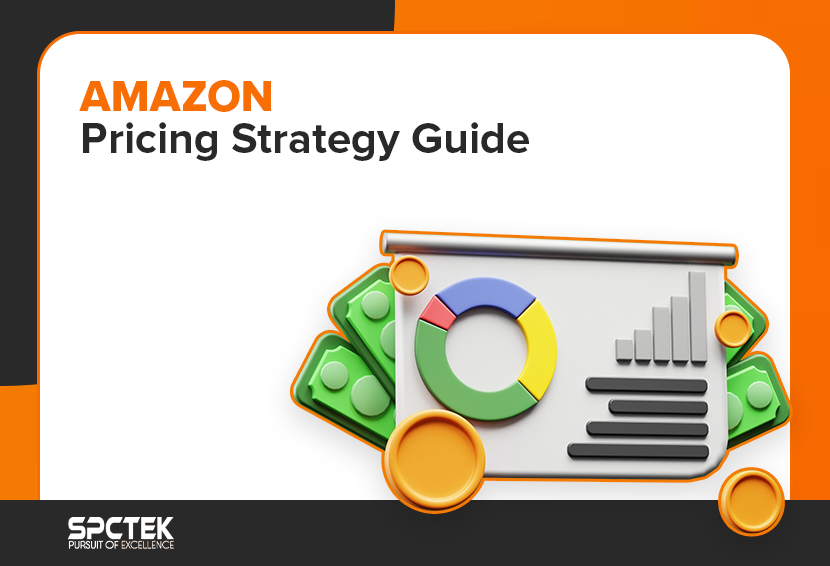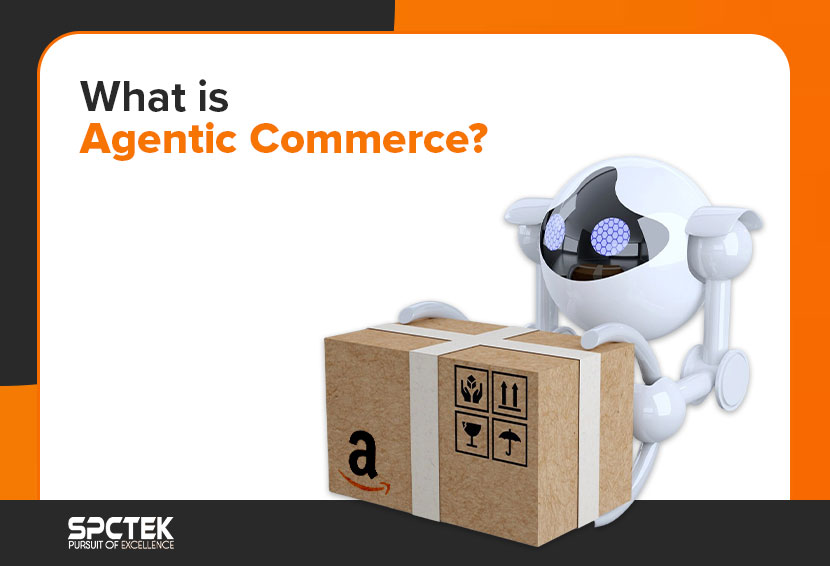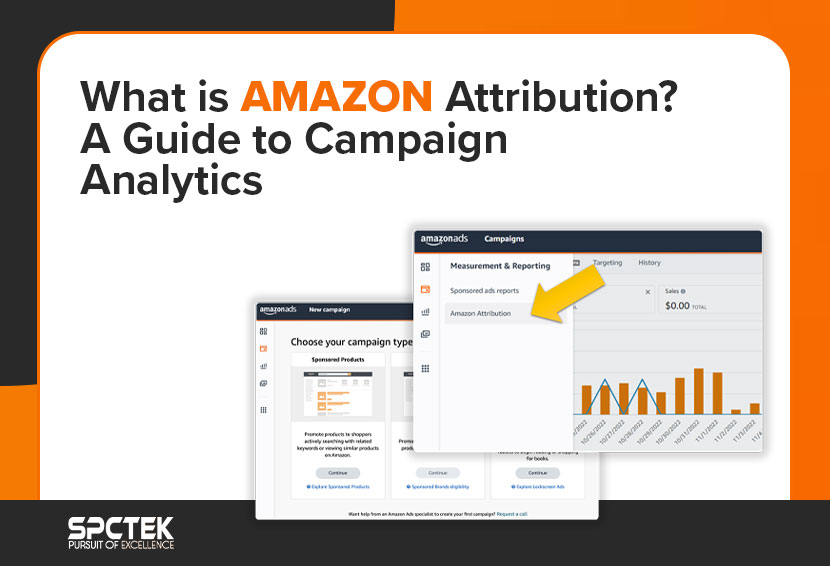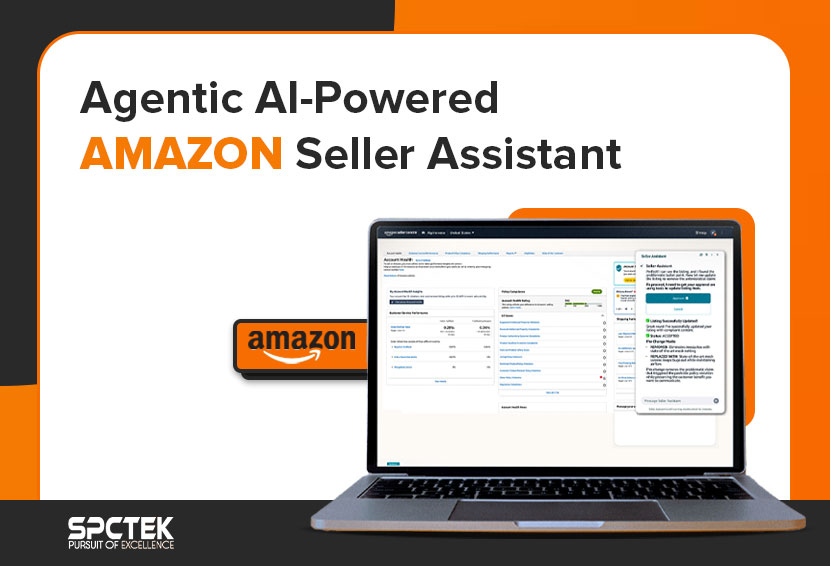What’s the best Amazon pricing strategy? Just drop your prices as low as you can and call it a day, right? If only it were that easy!
Staying competitive on Amazon isn’t as simple as slashing prices and waiting for sales to roll in. With prices changing every few minutes, competitors watching your every move, and customers always hunting for the best deals, getting your pricing right takes strategy.
In this guide, we’ll break down the most effective Amazon pricing strategies and tools you can use to stay ahead, win the Buy Box, and boost your profits. Let’s dive in!
What is Amazon Pricing?
Amazon pricing is how sellers decide what to charge for their products on Amazon. It’s about finding the right price that attracts customers, keeps you ahead of the competition, and helps you make a profit.
Since there are millions of sellers on Amazon, choosing a smart Amazon pricing strategy is key to standing out, winning the Buy Box, and increasing profits. The right Amazon pricing strategy can make a big difference in how much you sell and how much you earn.
Pricing isn’t just about picking a random number. You need to adjust to changes in the market by understanding your customers and competitors. Sellers who get a grip on Amazon pricing strategy can boost their profits and succeed in Amazon’s crowded marketplace.
Amazon’s Pricing Policies and Rules
Before setting your prices, you need to follow Amazon’s Marketplace Fair Pricing Policy. Amazon is strict about fair pricing to ensure customers trust the platform and get good value. Sellers must avoid:
- Setting misleading prices
- Setting prices that are significantly higher than the current prices of the same product
- Selling multiple units of a product for more per unit than the price of a single unit
- Charging excessive shipping fees
Amazon constantly monitors seller activity to ensure prices stay fair. Breaking these rules can lead to penalties like removing your products, suspending your ability to sell, or even losing your account entirely.
To avoid trouble, check your Account Health regularly in Seller Central. Following Amazon’s pricing strategy rules not only protects your account but also builds trust with customers.
Common Amazon Pricing Techniques
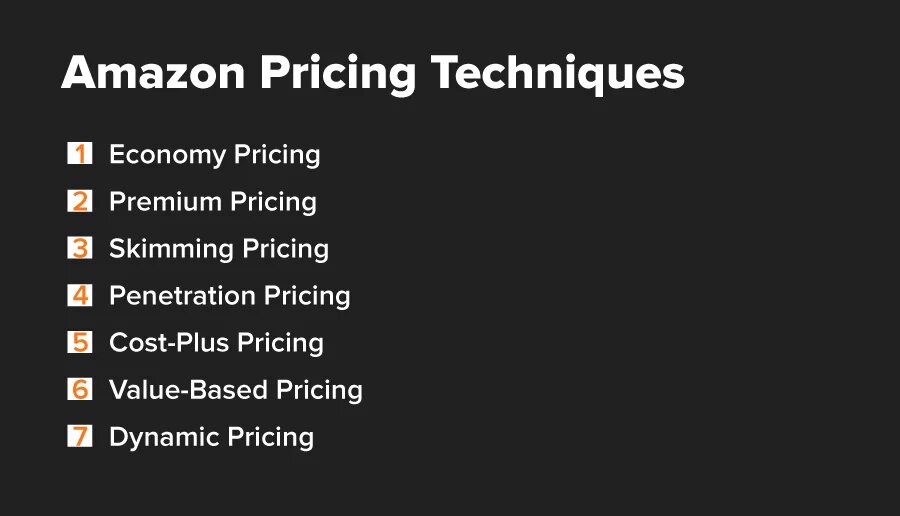
Economy Pricing
Economy pricing is about offering products at low prices with small profit margins. It works best for everyday items that people use frequently, like cleaning products, toiletries, and household goods. Keeping prices low through a smart Amazon pricing strategy can attract budget-conscious shoppers and increase sales for high-demand products. Even though each sale makes a small profit, the volume of sales can add up to steady revenue.
Premium Pricing
Premium pricing is when you charge higher prices for products that are unique, luxurious, or high-quality. This Amazon pricing strategy works well for big-name brands, limited-edition products, or items that customers see as special or valuable.
For example, premium products like premium sneakers, high-end headphones, or luxury skincare stand out as being worth the higher price. Shoppers looking for quality and exclusivity are willing to pay more for premium items.
Skimming Pricing
Skimming pricing means starting with a high price when you first launch a new or unique product and then gradually lowering it over time. This strategy works well when there’s little or no competition at first.
For instance, gaming consoles like PlayStation or tech gadgets are often released at high prices, and the prices drop as time goes on. Amazon dynamic pricing strategy can also be used to make adjustments over time, helping sellers remain competitive.
Penetration Pricing
It can be considered as the opposite of skimming. In penetration pricing, sellers set low prices at first to quickly attract customers and build their presence in the market. This works especially well for new products, brands, or markets where competition is low.
By offering lower prices, you can gain trust, earn reviews, and create loyal customers who will keep coming back. Once the product gains visibility and a solid customer base, sellers can gradually increase the price to improve profits, which aligns with Amazon’s pricing strategy principles.
Cost-Plus Pricing
Cost-plus pricing involves calculating all your costs, like manufacturing, shipping, marketing, and fees, and then adding a profit margin on top. It works best for products with steady demand and predictable costs.
The challenge in this strategy is making sure all costs are covered so you can stay profitable. Sellers who use this Amazon pricing strategy need to monitor their expenses carefully, especially as fees and shipping costs change, to ensure the product remains profitable. You can use the Amazon FBA Revenue Calculator to get an estimate of the expenses and profit margin for a particular product.

You just need to search for an existing product on Amazon to see the results.

Value-Based Pricing
Value-based pricing is when sellers set their prices based on how much customers think the product is worth. This strategy works well for private-label products, unique brands, or items with ground-breaking features. By understanding customer expectations and highlighting the product’s unique benefits, you can price products higher while justifying the value.
Dynamic Pricing
Dynamic pricing is one of the most powerful strategies for Amazon sellers. Prices change frequently based on competitor pricing, market demand, and stock availability. Amazon itself and third-party sellers modify their pricing frequently based on the product category. Amazon updates prices about once a day for 22% of products, while 75% of products’ prices are updated less often.
Sellers who use a dynamic Amazon pricing strategy can respond quickly to market changes and sell more. By automating price adjustments, sellers can save time while staying competitive.
Also Read: 7 Amazon Product Research Tactics to Find Profitable Products
Manual vs. Automated Repricing
In the manual repricing method, you can reprice products manually through Amazon Seller Central or other platforms in case you are selling through third-party sellers.
This method is grueling and time-consuming and will only work if you have a few products listed. It would also require you to constantly monitor competitor price movements to be able to adjust your prices in time. However, you can streamline the repricing process with automated repricing tools, which are of two main types.
Automated Rule-Based Repricing
With rule-based repricing tools, you can pre-configure rules like maximum and minimum prices, select products that you want, select the competition you want to track, etc., and let the repricing tool automatically update your prices for maximum returns.
There are numerous free and paid repricing tools available in the market to choose from. In fact, Amazon also has its own repricing tool called Automate Pricing, which can be used by first-party Amazon sellers for free.
Automated Algorithm-Based Repricing
Algorithmic repricing tools are the most sophisticated form of repricing tools available on the market. This type of repricing tool uses self-learning algorithms to reprice products. It doesn’t just lower prices or match prices with competitors but considers multiple factors while determining a winning price for a product – which could often be above the lowest price but still win the buy box.
Although a great solution, algorithmic repricing tools are expensive and would make sense only for established sellers with a large inventory on Amazon.
Strategies to Optimize Amazon Pricing
Know Your Customers
Understanding your customers is key to setting the right price. Who are they? What features do they care about? How much are they willing to pay? Some shoppers look for great deals, while others are happy to pay extra for premium products. Knowing your audience helps you price products that meet their needs without losing sales. Creating buyer personas can help you better understand your target audience and build a strong Amazon pricing strategy that works.
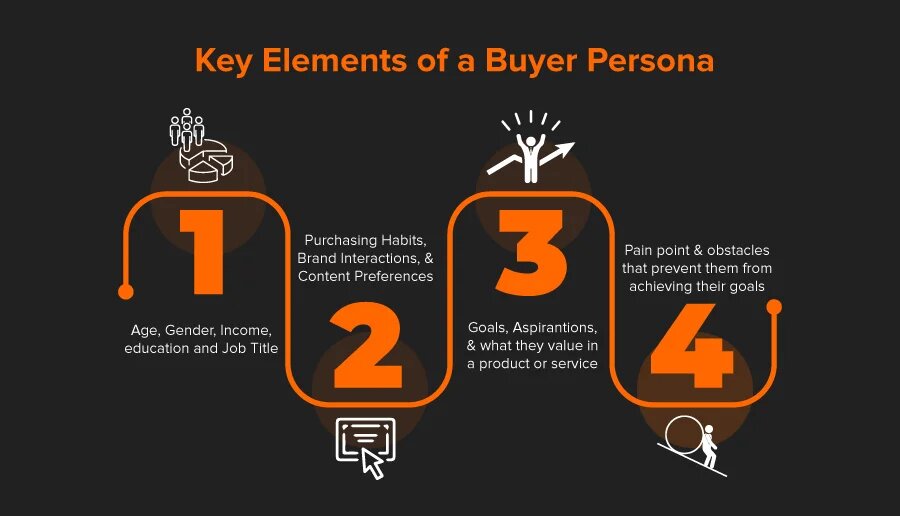
Set Your Price Limits
It’s important to have a minimum and maximum price for your products. Your minimum price is the breakeven point, where you cover all your costs. Your maximum price should be competitive without scaring off customers. Tools like the Amazon pricing calculator can help you find the perfect range for your products, ensuring profitability.
Watch Your Profit Margins
For private-label products, aim to keep profit margins between 25% and 30%. A good rule to follow is the Rule of Three, where one-third of your price covers Amazon fees, one-third covers product costs, and the final third is your profit.
You can calculate your profit margin using this formula:
Profit Margin = {(Sales – Total Costs) ÷ Revenue} x 100.
Also Read: The Ultimate Guide to Amazon PPC Metrics: What Every Seller Should Track
Keep an Eye on Competitor Prices
It’s important to know what your competitors are charging. Track their prices both on Amazon and other websites. If Amazon increases prices, you’ll want to understand how and why to adjust accordingly. Staying updated on competitor pricing helps you adjust your Amazon pricing strategy to stay competitive while still making a profit.
You can use the following tools to alert you about the price drops:
Although they are designed to be used by buyers, sellers can equally benefit from them to keep tabs on the market prices.
Use Psychological Pricing
Psychological pricing tricks, like setting prices at $19.99 instead of $20, can make a big difference. Customers see $19.99 as a better deal even though the difference is small. This method, called charm pricing, works especially well for lower-priced products and encourages quick purchases.
Price Above Amazon’s Free Shipping Limit
Non-Prime customers get free shipping on orders over $25. If you price your products just above $25, it encourages shoppers to buy more so they can qualify for free shipping. This small strategy can help increase the size of your orders and boost your sales.
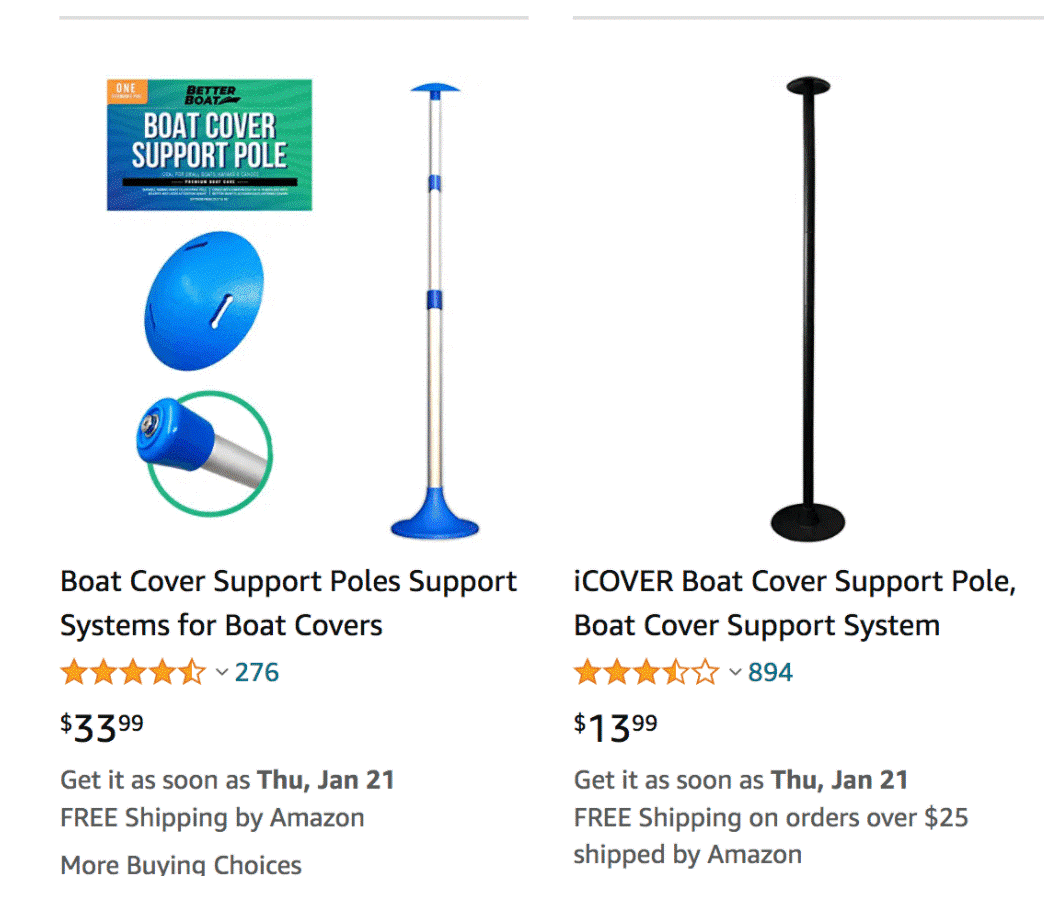
You can see that the product priced below $25 requires a shipping fee unless another product is added to the cart to raise the total order value over $25.
Use Pricing Tools
To manage your pricing effectively, you can use tools like Amazon Automate Pricing, Amazon pricing calculators, and third-party software. These tools help you keep up with competitors Amazon’s pricing strategy and avoid losing sales. You can use the Amazon Revenue Calculator to evaluate the costs of different fulfillment methods.
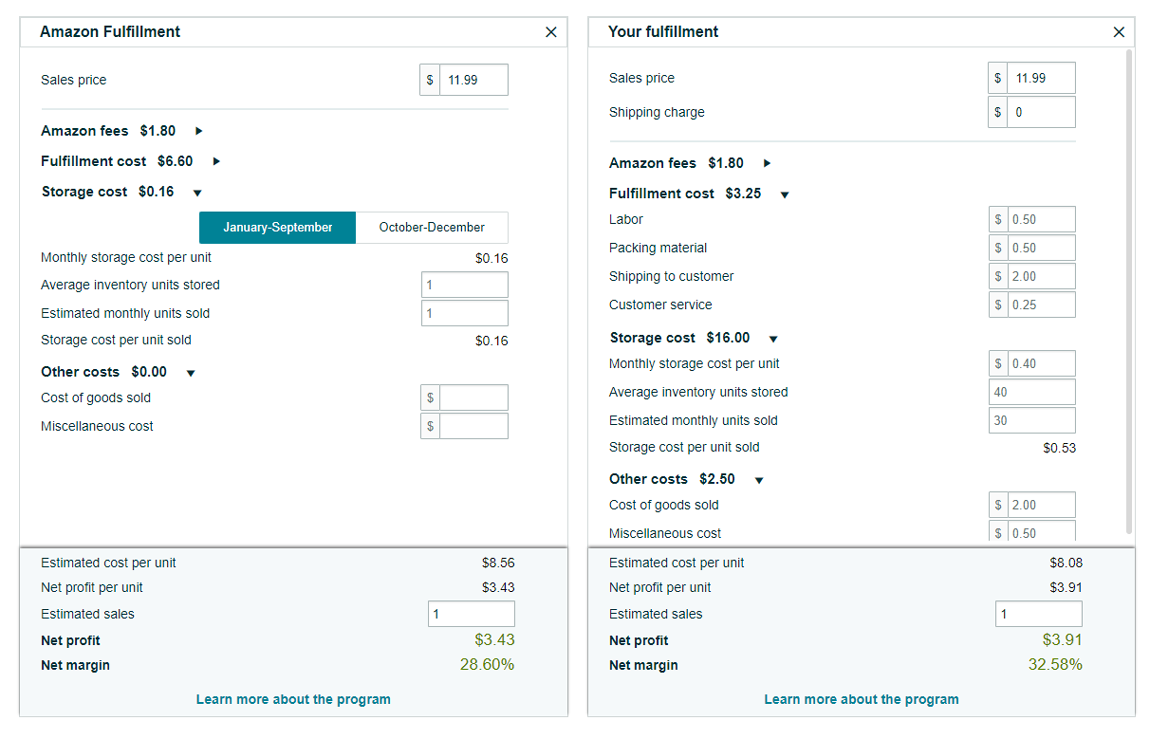
Test Your Prices
Testing your prices is a smart way to find what works best. Use A/B testing to compare sales at different price points. By experimenting, you can figure out the price that brings in the most profit and sales.
Amazon Pricing Strategy for New Products
If you are starting a new Amazon store or looking to introduce a new product to the market, use these pricing tactics to gain the initial moment:
- Offer deals to increase sales and visibility: Deals can be quite helpful in drawing customers’ attention. The deals are applied automatically when buyers add your products to their cart. Amazon allows two types of deals:
- Lightning Deal–it has a window of 4-12 hours
- Best Deal–it has a window of several days.
- Boost visibility with coupons: Coupons are a good way to raise visibility. You can offer customers discounts on individual products or sets of products. The coupons can appear in search results, on Amazon Deals, and on product detail pages.
- Offer new products with no reviews at lower prices: Reviews are the most authentic form of social proof. If your product doesn’t have reviews, you can make up for it by setting a lower price.
- Run promotions: Promotions encourage customers to buy your products. Running promotions like discounts, buy one get one free, or social media codes can be used as incentives to attract customers.
Also Read: Top Strategies to Improve Amazon Keyword Ranking and Drive Sales
Final Takeaway
To succeed on Amazon, you need a smart Amazon pricing strategy that balances competition, profit, and customer expectations. By understanding your customers, testing different prices, and using helpful tools, you can boost your sales and grow your business in Amazon’s busy marketplace. Adopting Amazon’s dynamic pricing strategy and consistently refining your Amazon pricing strategy will keep you competitive and help your business thrive over time.
Got More Questions?
Prices on Amazon fluctuate due to various factors, such as competition, demand, and supply. Sellers often use Amazon dynamic pricing strategies to adjust prices in real time based on market conditions. Amazon’s pricing strategy can also involve automatic price adjustments when competitors change their prices. Implementing Amazon pricing strategy analysis helps sellers understand these trends and make adjustments accordingly.
The best Amazon pricing strategy depends on your business goals. Common approaches include Amazon low price strategies to attract customers or premium pricing strategies for unique, high-value products. New sellers might consider penetration pricing to establish a foothold, while others may adopt a dynamic pricing strategy that adjusts based on competitor prices. Using an Amazon pricing calculator can help determine optimal price points based on costs and market factors.
Some common mistakes in Amazon pricing strategy analysis include underpricing, which can harm your profit margins, and failing to account for Amazon’s pricing strategy adjustments. Not considering Amazon fees or your own costs can also lead to losses. Moreover, manually adjusting prices instead of using automated tools and not using Amazon dynamic pricing strategy can lead to missed opportunities. Using tools like the Amazon pricing calculator can help avoid these issues by providing more accurate pricing insights.
You should adjust your Amazon pricing strategy regularly to stay competitive. Amazon makes price adjustments based on competitor activity, demand, and costs, so it’s essential to monitor these factors and make changes when necessary. Automated systems, using Amazon dynamic pricing strategy, can help you keep up with price fluctuations without constant manual intervention. Regular analysis through tools like the Amazon pricing calculator can ensure your pricing is always aligned with the market.

